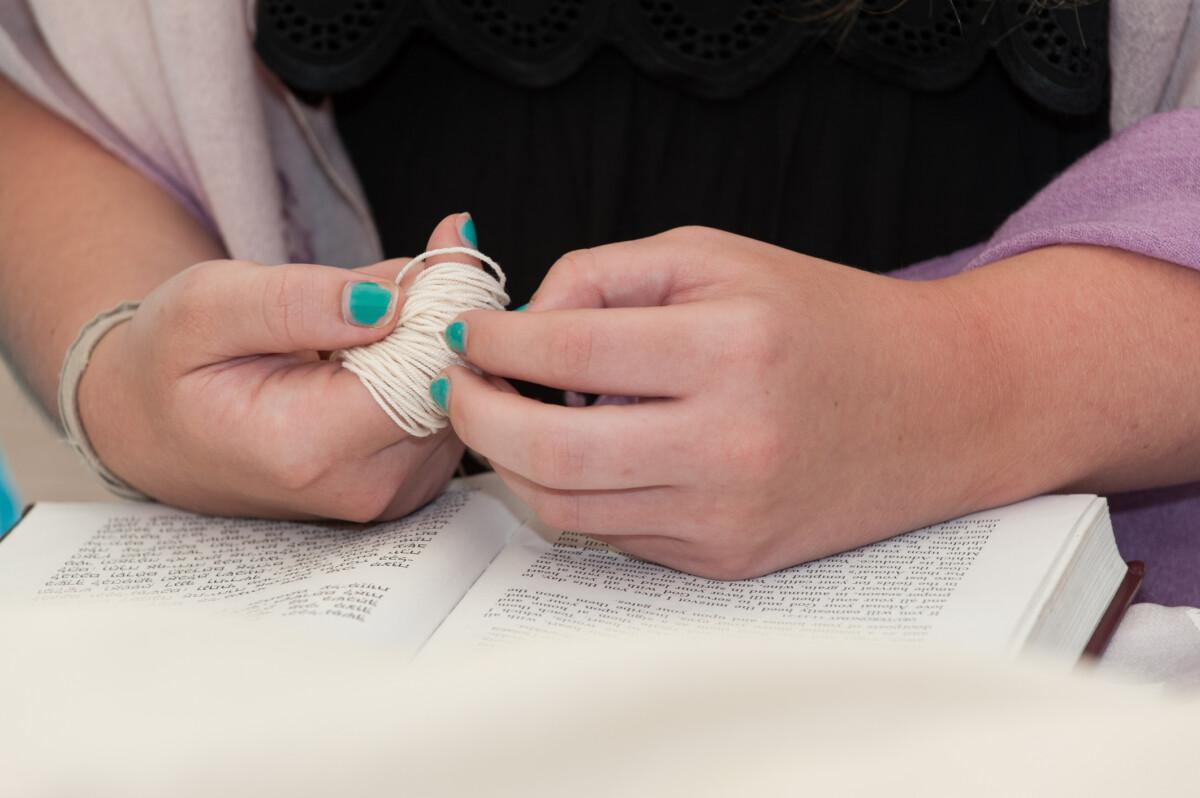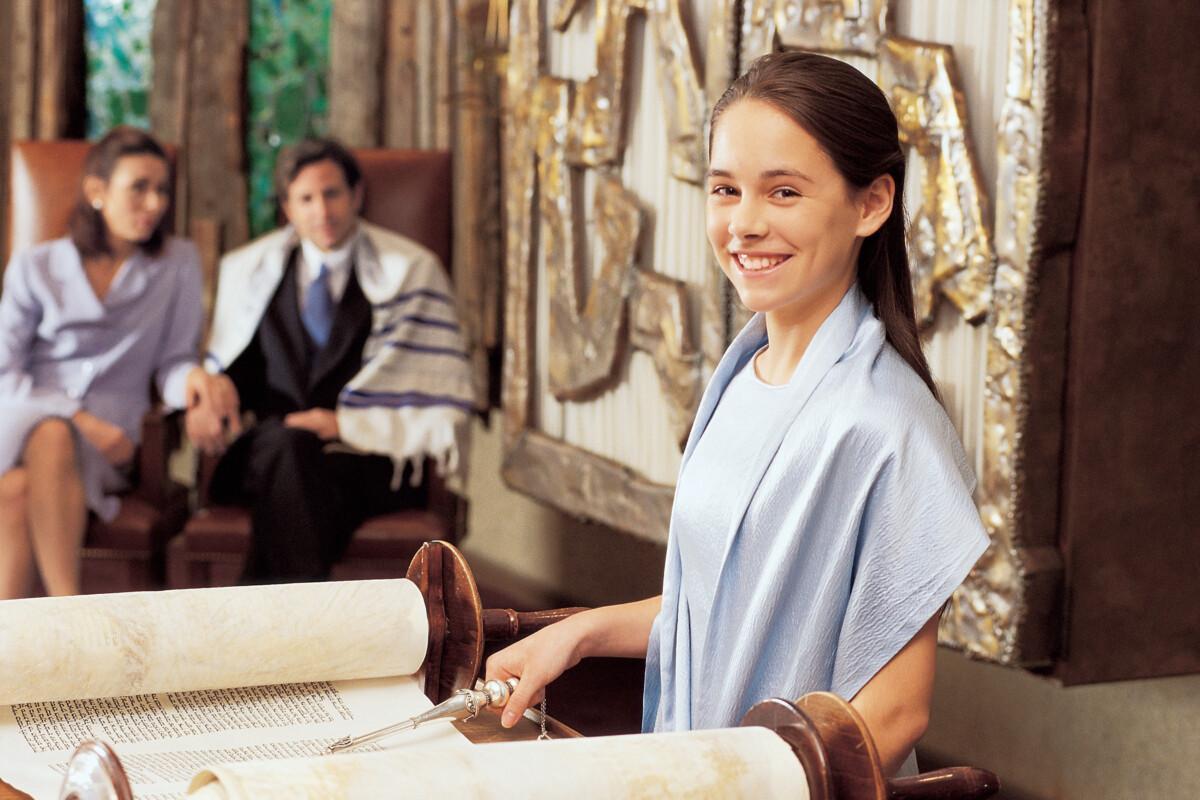
Going Up: An Aliyah is a B’nai Mitzvah Honor for the Whole Family
By Drew Isserlis Kramer
A b’nai mitzvah, the celebration of a child’s entrance into Jewish adulthood, is an important lifecycle moment for the entire community that raised the child to the tender age of thirteen. The b’nai mitzvah service allows for family and close friends to share in the simcha, or joy, with special acknowledgment at the bimah, or pulpit. Across all denominations of Judaism, an Aliyah is when a member of a Jewish congregation is called to read the blessings before and after the Torah reading. Aliyah specifically means “going up.” This refers both to the physical movement of the person to the bimah where the Torah is read and to the spiritual uplifting associated with participation in this honored ritual. At a b’nai mitzvah ceremony, the family is able to select the 4-6 honorees who will participate in the service. If you are planning a b’nai mitzvah for your child or received notice that you’re in the hot seat for an aliyah, below is an overview of all you need to know for this high distinction.
Selection: The first and second aliyahs are easy to assign. The b’nai mitzvah will read, as well as the proud parents. The third is typically reserved for grandparents, while the fourth is a roundup for aunts and uncles. In very small families, the family can choose to honor friends and other relatives. In most synagogues, to have an aliyah, one must be Jewish and have reached the age of bar mitzvah. Traditionally, only men could be called for an aliyah, however, today women are also called to the Torah in non-Orthodox communities.
Psst…Going to a B’nei Mitzvah: A Guide for the Non-Jewish Guest
The Reading: The clergy will show you where the Torah reading begins and ends. After you read or chant the first sentence, the congregation will respond with the second sentence. You repeat the second sentence and then continue the blessing. Follow the lead of the clergy. You will be fine. For families throwing b’nai mitzvahs, confirm whether your family will be reading Hebrew, phonetics, or an English translation. Make sure your aliyah honorees have a sense of what they are doing ahead of time.
Customs: In some congregations, the aliyahs will be called by their Hebrew names. Take the shortest route to get there, expressing an eagerness to approach the Torah. You may be asked to wear a tallit, or a prayer shawl. Traditionalists use the fringe of the tallit to kiss the spot of the Torah where the reading begins. After the blessing is recited, the b’nai mitzvah chants the Torah portion. During the portion, the aliyah keeps the right hand on the right handle of the Torah scroll. When the chanting is completed, the honoree “kisses,” the end of the portion that has been chanted, and recites the blessing after the reading.
Honoring Interfaith Relatives: If a family wants to include relatives that are not comfortable reading Hebrew, many choose to have the relatives read a blessing in English. Speak with your clergy about ways to bring them into the ceremony in a way that feels meaningful.
How to Exit The Bimah: Depending upon the custom of the congregation, you may shake hands or hug loved ones on the bimah and then return to your seat, or be asked to remain on the bimah while the next portion of Torah is chanted. After the aliyah, stand on the right side of the bimah until the end of the following aliyah (or, until the Torah is raised). When returning to your seat, do not use the shortest route, savor your moment. Upon returning to your seat, congregants may shake your hand and offer you the traditional greeting, “yasher koach,” done with strength.
To be given an aliyah is a great honor on any occasion. When the call to the Torah comes in support of a loved ones’ b’nai mitzvah, it possesses the additional honor of acknowledging the inner circle of Jewish adults guiding growth and identity from infancy to this moment. When the opportunity to extend or accept this honor comes, embrace its meaning and spiritual significance. By “going up” together, the family demonstrates its shared commitment to shepherding this child into adulthood with the values and traditions that give him a sense of belonging in this local community and among the Jewish people throughout the world. In this time of great uncertainty for the Jewish people, know that your inclusion in this ceremony elevates your contribution to the future of Judaism, handing down commitment to the covenant through declaration and action.


